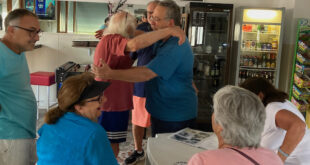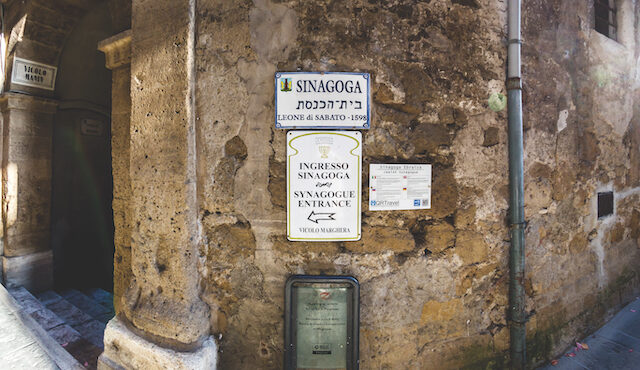
by Judge Megan Goldish and Michael Cabonargi
While so many towns in other European nations were sending their Jewish neighbors to the Nazi death camps, the residents of Pitigliano sheltered all of theirs from harm.
Perhaps, as you’ve strolled through the streets of Rome, eating gelato and trying to navigate cobblestones, you may have noticed small, polished brass plaques embedded in the sidewalks in front of doorways. These “stolpersteine,” or “stumbling stones,” contain inscriptions: They are intimate memorials commemorating individual victims of the Holocaust at their last place of residence before they were deported or killed by the Nazis. Each stone bears the name of the victim, their date of birth and, if known, their fate, serving as a poignant reminder of lives lost during one of the darkest chapters in history. These memorials honor the victims and serve as a reminder to future generations to never forget the atrocities against them. Stolpersteine can be found in many Italian cities, but no memorial plaques exist in Pitigliano, because its entire Jewish population survived the devastation.
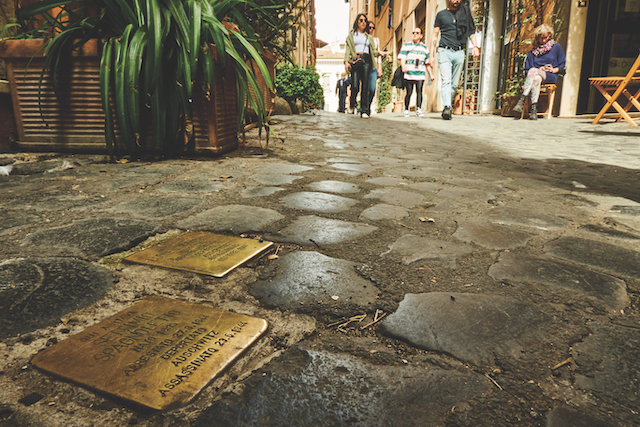
There are long-standing ties between Jews and Christians in Italy, where the Jewish population is among the oldest in Europe. They had already lived in Rome for two centuries when the Romans conquered Judea in 70 B.C. and brought Jewish prisoners back to Italy to be sold as slaves. Legend has it that Jewish slaves were forced to assist in building the Colosseum. In the ensuing centuries, however, Italy has repeatedly served as a haven for Jews during periods of persecutions, including during the Spanish Inquisition. There is a strong tradition of collaboration between both cultures, and that connection is enduring.
This year, we commemorate the 80th anniversary of the liberation of Auschwitz. Despite massive numbers of Jews who perished during the Holocaust, Italy’s Jewish population was largely protected, and many Italians proved heroic in risking their own lives to shelter Jewish friends and neighbors. According to historical records, 85 percent of Italian Jews survived; by contrast, in countries such as Germany and Poland, 95 percent of their Jewish population perished, and overall, two of every three European Jews were murdered during the Holocaust. In Italy, however, authorities consistently resisted Nazi directives to deport Jews, or provided forged documents that allowed them to evade capture. Additionally, some Jews were saved due to the remote, protective geography of certain regions of Italy.
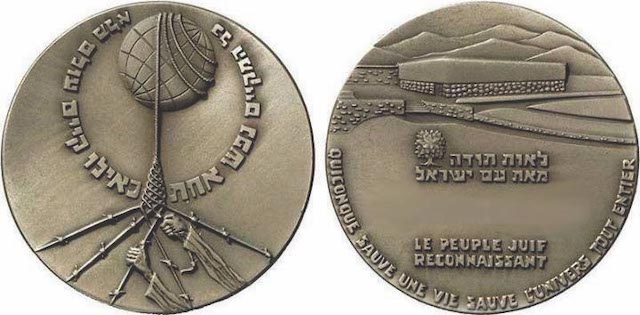
Yad Vashem, Israel’s official Holocaust memorial, bestows the title “Righteous Among the Nations” upon individuals who rescued Jews during World War II. This recognition is a powerful reminder of the importance of moral courage and ethical action in times of crisis. It underscores the belief that, even in the darkest moments of history, there were individuals who chose to stand on the side of righteousness. More than 700 Italian heroes are recognized as Righteous Among the Nations and their courage is a beacon of hope amid the darkness of that era. Some of these Italian heroes are well-known, and are deservedly a tremendous source of Italian pride, including champion cyclist Gino Bartali and businessman Giorgio Perlasca. Even some European regions earned the designation, having been populated by so many heroes that the entire Jewish population was protected. The Greek island of Zakynthos and the French town of Le Chambon-sur-Lignon earned that distinction.
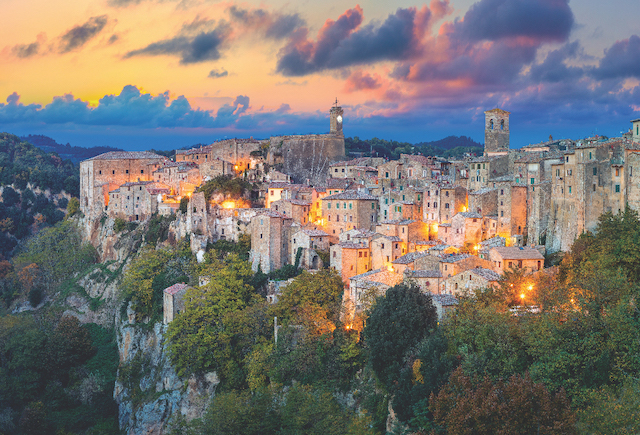
As noted above, there is also a town of Italian heroes where every Jewish resident survived the Holocaust: Pitigliano. This picturesque Tuscan burg is known as “Piccola Gerusalemme,” or “Little Jerusalem,” a moniker it earned not only because its landscape resembles that Middle Eastern city, but also because of its history of peaceful coexistence and collaboration with its Jewish population. Pitigliano was a haven for Jews fleeing persecution during the Middle Ages and the Renaissance. Under the protection of the local ruling family, the Orsini, the town’s Jewish residents have flourished and contributed to the town’s cultural and economic life for centuries.
The documentary “Our Hebrews” follows Christian author Franco Paoletti and Israeli director Naor Meningher as they travel around Pitigliano and gather historical information and accounts from its residents. Through their journey, we learn Jews have been in Pitigliano since the 12th century, with large numbers settling there in the 16th century to escape the restrictive policies of the papal authorities. According to a current Jewish resident, a Jewish physician named Dr. Davide de Pomis moved to Pitigliano back then because Jews were forced to live in ghettos elsewhere. De Pomis became the personal physician of Count Niccolo Orsini, who ruled the region. When de Pomis’ family members passed away, the count granted him a piece of burial land, which today is the town’s Jewish cemetery. Centuries later, the cemetery is still well-tended, with small stones sitting atop many of the headstones, signifying that people continue to pay tribute to these departed Jewish citizens. Additionally, a beautiful synagogue was established in the 1590s, and it remains one of only five still-active synagogues in all of Tuscany. For centuries, the Jewish population thrived in Pitigliano, until the racial laws of the late 1930s.
Even in 1622, when the Medici enclosed Jews in a ghetto, the local population remained steadfastly friendly with their Jewish neighbors. About 30 years ago, an underground system of ancient tunnels was discovered in Pitigliano, and from artifacts recovered, including a mezuzah and crucifixes, it was clear there was peaceful coexistence. When Napoleon occupied Italy in the 1700s, some residents welcomed him, while others formed a group called Via Maria, an anti-Napoleonic and antisemitic group. In 1799, Via Maria soldiers entered the Pitigliano synagogue and desecrated many religious items. The Catholic priests of the town were outraged and ran through the streets of the town, knocking on doors of residents and demanding that Christian residents rush to the synagogue to defend it. In the testimonies of the residents at the time, they called the Jews “our Hebrews.” That likely provided the Jews there a sense of belonging missing for many other Jews of the diaspora.
Many current business owners are from families who have lived in Pitigliano for centuries, and often pay tribute to the area’s Jewish history. For example, the chef at Il Tuffo Allegro mixes traditional Jewish recipes from the area with dishes passed down to him through his Christian relatives. He believes the preservation of these recipes provides proof of peaceful collaboration. The owner of the hotel Valle Orientina refurbished a building that encompasses the former Jewish baths, or mikveh. There remains a sign near the entrance from more than 100 years ago that reads “Bagni Ebraici” (“Jewish Baths”).
Another meaningful tradition of coexistence between the Jewish and Christian populations was a ritual performed when Pitigliano was in need of rain. Residents of both religions would go to the church at the edge of town and pray together for rain and for prosperity for the region. On the way back into town, everyone would go to the synagogue and again pray together for rain.
One of the Jewish residents interviewed for this documentary described how the family of Fortunato Sonno hid them in a cave to protect them from the Germans. Fortunato’s son, who is now in his 80s and was interviewed while picking olives, tells of how his family assisted his sequestered neighbors. They would leave food for them under a particular tree. He and his father had a secret code whereby they would ride a white horse, meaning all was safe, or a black horse to alert them that the Germans were in the area. It was risky for the Sonno family to help Jews, but despite many close calls, both the Jewish family and the Sonno family survived. Today, Fortunato Sonno is named one of the Righteous by Yad Vashem. Another resident who was interviewed in the documentary displayed an official certificate naming a large number of Pitigliano residents as Righteous.
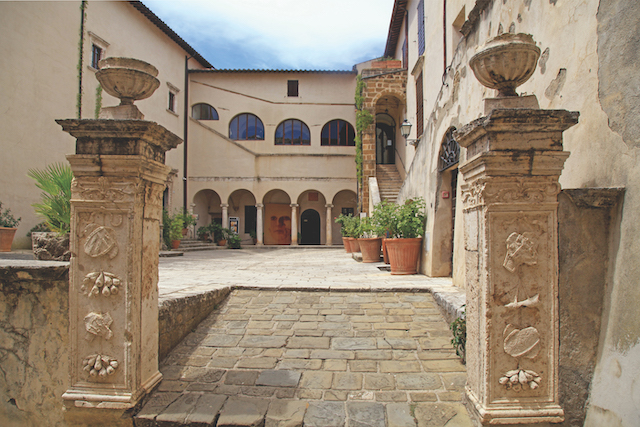
Today, Pitigliano honors its Jewish heritage through cultural initiatives and commemorative events. The town serves as a symbol of resilience, tolerance and solidarity, reminding us of the importance of standing up against hatred and persecution.
We must never forget and we must always be grateful. Never again is now.
Non dobbiamo mai dimenticare e restare sempre fedeli. Mai più è adesso.
לא נישכח ונשאר תמיד מודים. לעולם לא עוד הוא עכשיו.
Judge Megan Goldish is the immediate past president of the Decalogue Society of Lawyers. Michael Cabonargi is a member of the Milan-Chicago Sisters Cities Committee and was the Regional Director of the U.S. Department of Health and Human Services. Both are members of the Justinian Society of Lawyers.
The article above appears in the April 2025 issue of the print version of Fra Noi. Our gorgeous, monthly magazine contains a veritable feast of news and views, profiles and features, entertainment and culture. To subscribe, click here.
 Fra Noi Embrace Your Inner Italian
Fra Noi Embrace Your Inner Italian



